California: Public Works Legislative Update
Here’s a run-down of some of the bills the Governor recently signed that may be of particular interest to the building trades and public works community.
AB 73: Planning and zoning; housing sustainability districts
Modeled on Massachusetts’s Smart Growth Zoning Overlay District Act, this law gives local governments the option of creating “Housing Sustainability Districts.” The goal is to spur the creation of housing on infill sites around public transportation by incentivizing local governments to complete zoning and environmental reviews upfront and rewarding them when they permit housing. AB 73 includes prevailing wage and skilled and trained workforce requirements for projects that use its incentives.
AB 199: Protecting prevailing wage on private residential projects receiving public funds
This law updates Labor Code section 1720(c)(1), which exempts private residential projects built on private property from prevailing wage requirements.
Previously, the exemption applied unlessthe project was built pursuant to an agreement with a state agency, redevelopment agency, or local housing authority. Because in 2011 the state dissolved its redevelopment agencies, AB 199 updates the language to include “a successor agency to a redevelopment agency when acting in that capacity.”
AB 618: Local Agency Public Construction Act: Job order contracting; school districts; community college districts
This law authorizes job order contracting for community college districts in a manner similar to that authorized for school districts until January 1, 2022. A “job order contract” generally means a contract awarded to the most qualified bidder following procedures set forth in AB 618, in which the contractor agrees to a fixed-period, fixed-unit price, and indefinite quantity contract for job orders for public works or maintenance projects.
One of the requirements to use job order contracting is that the community college district has entered into a Project Labor Agreement (PLA).
AB 1066: Tree removal
Adds “tree removal” to the definition of public works at Labor Code section 1720(a)(8).
SB 35: Planning and zoning; affordable housing; streamlined approval process
This law creates a streamlined approval process for qualified multifamily residential housing projects in cities (including charter cities and counties) that are not meeting their housing production goals from the Department of Housing and Community Development.
Streamlined projects are subject to SB 35’s prevailing wage and skilled and trained workforce requirements.
SB 418: Public contracts; skilled and trained workforce
This law revises the definition of a “skilled and trained workforce” at Public Contract Code section 2601. The Section 2601 definition applies when a statute or regulation requires a public entity to obtain an “enforceable commitment” that a bidder, contractor, or other entity will use a “skilled and trained workforce” on a project. Because Section 2601 applies only to public entities required to use a skilled and trained workforce by statute or regulation, its definition does not apply to private entities required to use a skilled and trained workforce by statue or regulation— such as oil refineries under SB 54.
Previously Section 2601 required a rising percentage of building and construction journeypersons to be graduates of state approved apprenticeship programs in California or of a federally approved apprenticeship program outside of California.
SB 418 revises Section 2601’s requirements for certain building and construction trades. It exempts teamsters from Section 2601 entirely. SB 418 also caps at 30% the skilled and trained workforce graduation requirements for work performed on or after January 1, 2017, for the following trades: acoustical installer, bricklayer, carpenter, cement mason, drywall installer or lather, marble mason, finisher, or setter, modular furniture or systems installer, operating engineer, pile driver, plasterer, roofer or waterproofer, stone mason, surveyor, terrazzo worker or finisher, and tile layer, setter, or finisher.
The building and construction trades not listed here continue to be subject to Section 2061’s graduation percentage requirements, which rise annually and peak at 60% for all work performed on or after January 1, 2020. Section 2061’s other provisions remain unchanged and continue to apply to all trades.
AB 55: Hazardous Materials Management: Stationary sources
AB 55 amends SB 54. SB 54 requires oil refineries in California to require that their contractors and subcontractors use a “skilled and trained workforce” when performing building and construction work at the refineries.
Under SB 54, one of the requirements to qualify as a “skilled journeyperson” is that the worker must have completed 20 hours of approved safety training. AB 55 extends the time window in which the worker must complete this training from two to three years. It further states that the training requirement will only apply to work performed on or after July 1, 2018. (Previously, the date was January 1, 2018.)
AB 55 also requires that owners or operators who claim to be exempt from SB 54’s requirements because they are covered under a contract awarded before January 1, 2014, must file two copies of the contract—a complete and a redacted version—with the administering agency. The redacted version will be a public record.
***
Some other bills signed this fall that relate to skilled and trained workforce requirements on public works include AB 1424 (University of California: Best Value Construction Contracting Program)and AB 851 (Local agency contracts/Construction-Manager at Risk).
If you have any questions regarding any of these laws, please contact your local labor law counsel
Author: Minsu Longiaru
